January 26, 2018
Public sector and flexible workspaces drive record office uptake
 A new report from GVA Grimley claims that the commercial property markets in the UK’s major cities outside London enjoyed a record breaking final quarter to 2017. According to its Big Nine report, analysing the office occupier markets of key UK regional cities, total take-up for the year amounted to over 10 million sq ft for the first time, well over the 9.5 million sq ft. witnessed at the peak of the market in 2015. The record level of take-up was underpinned by significant lettings to the public sector, in particular the Government Property Unit (GPU), as well as the continuing exponential growth of the serviced office and coworking sector.
A new report from GVA Grimley claims that the commercial property markets in the UK’s major cities outside London enjoyed a record breaking final quarter to 2017. According to its Big Nine report, analysing the office occupier markets of key UK regional cities, total take-up for the year amounted to over 10 million sq ft for the first time, well over the 9.5 million sq ft. witnessed at the peak of the market in 2015. The record level of take-up was underpinned by significant lettings to the public sector, in particular the Government Property Unit (GPU), as well as the continuing exponential growth of the serviced office and coworking sector.







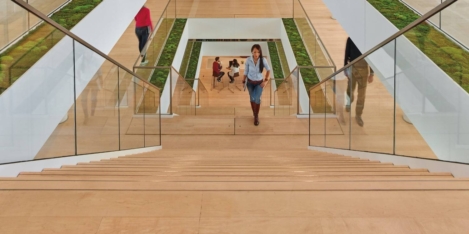
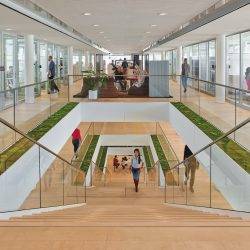


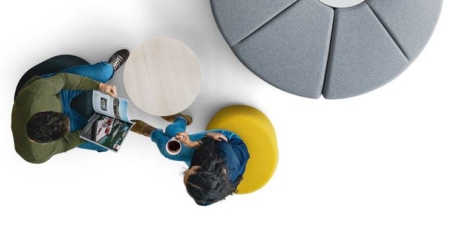
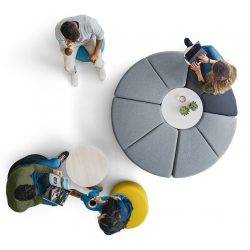




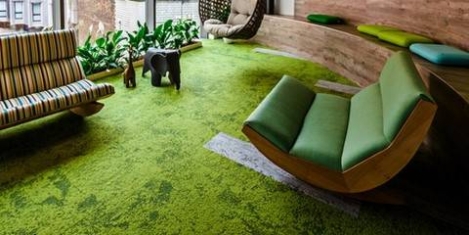
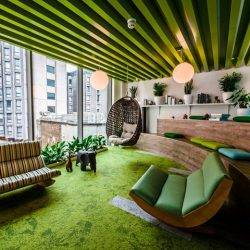
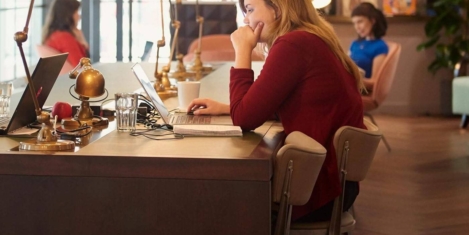
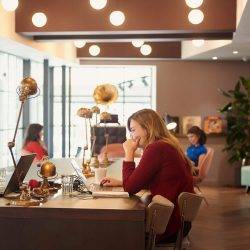
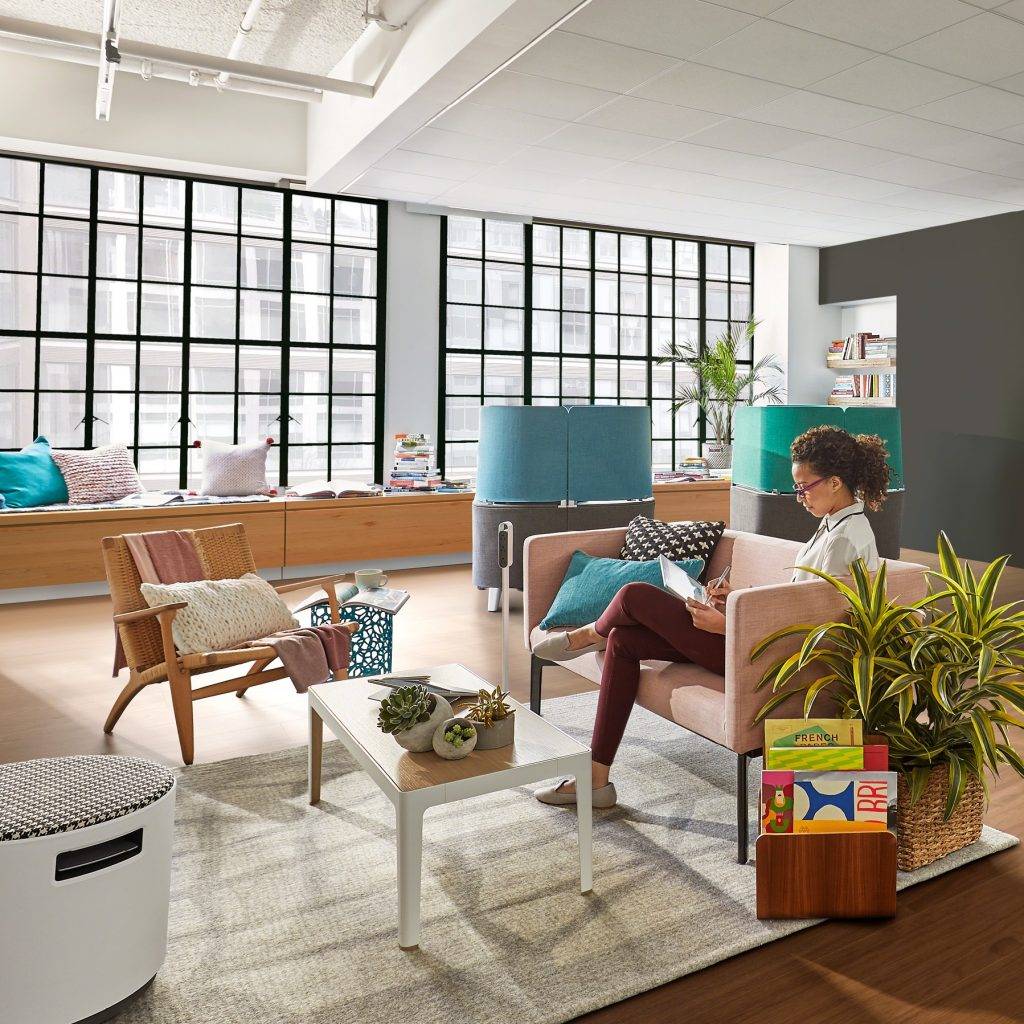
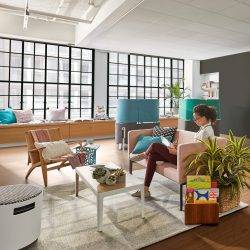
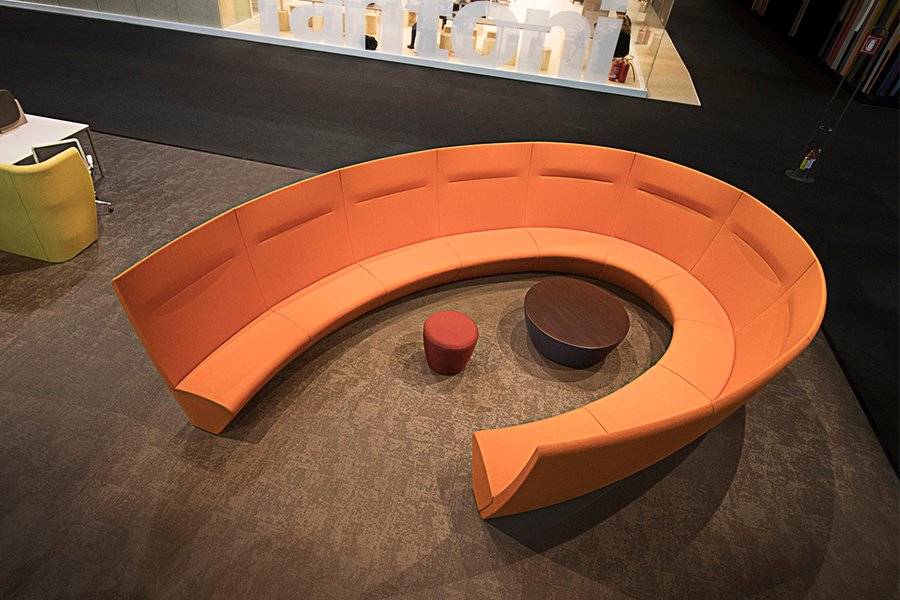
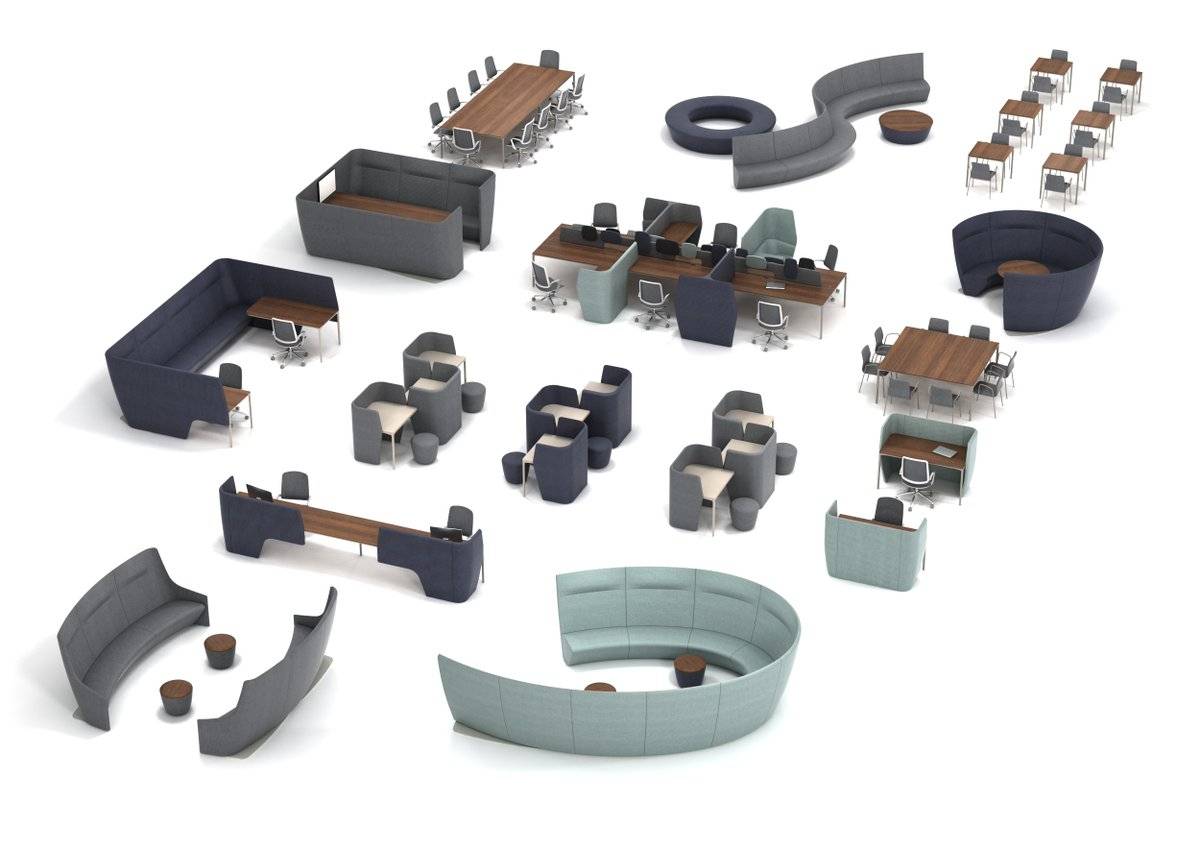
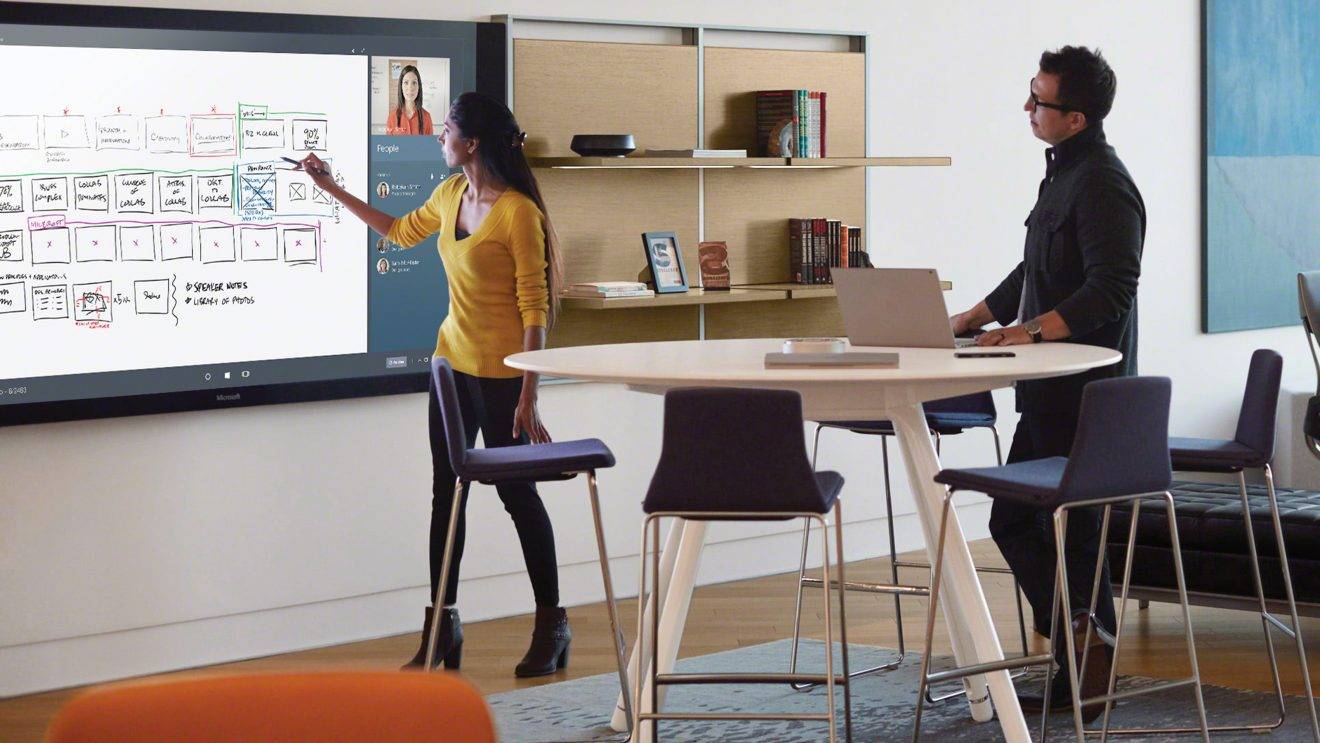
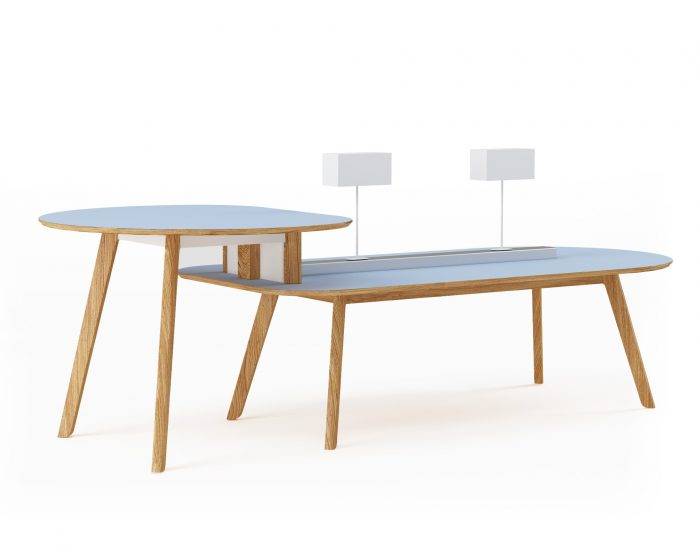
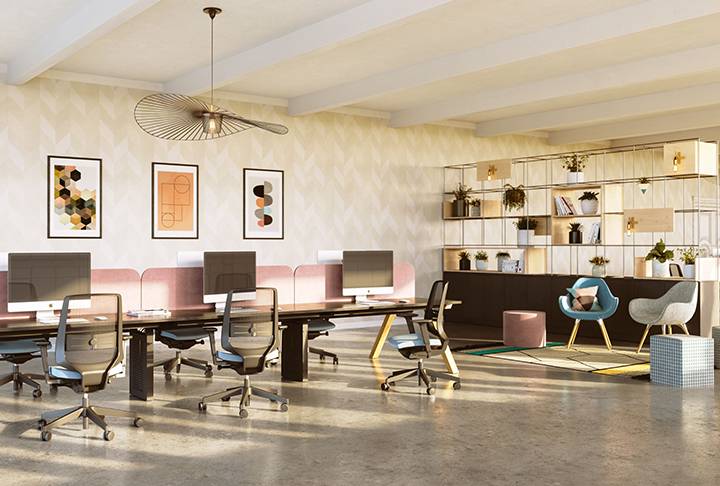
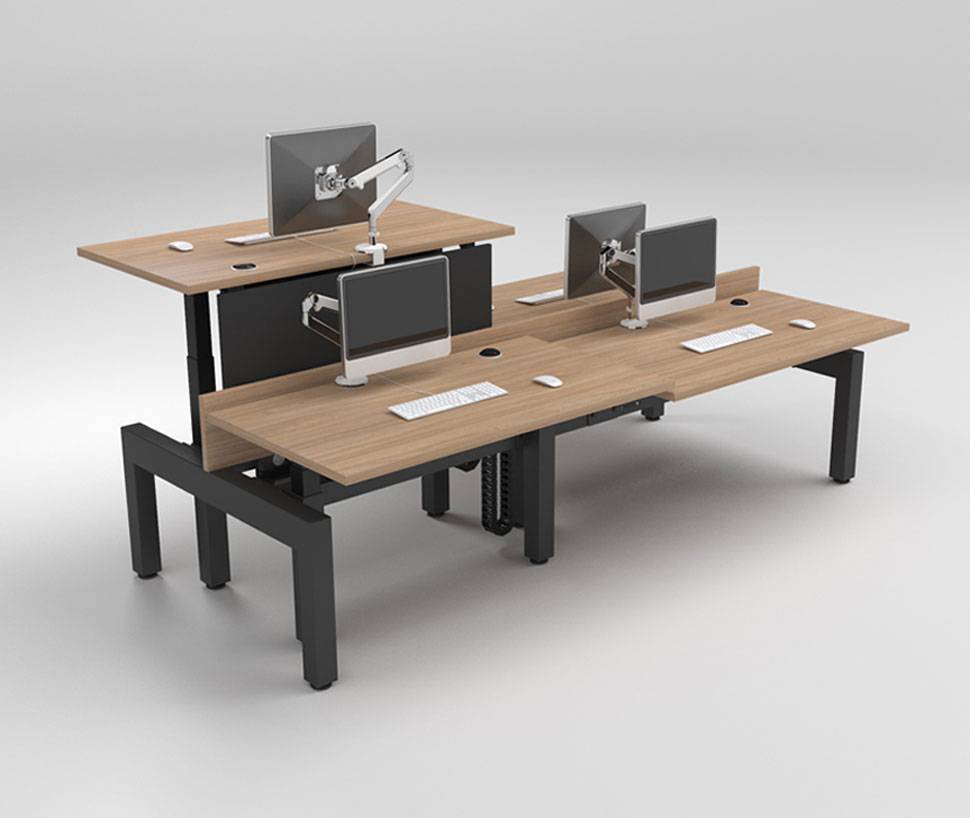



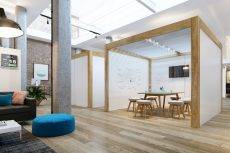
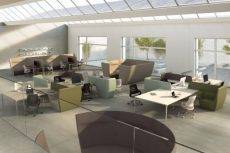
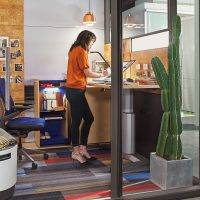
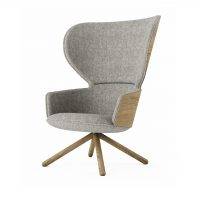
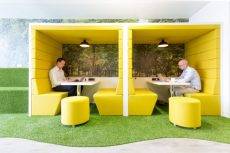
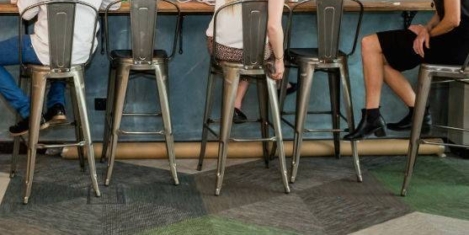
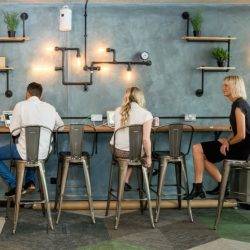















October 19, 2017
Future office and changing business of work debated at Workplace Trends
by Sara Bean • Comment, Coworking, Facilities management, Technology, Wellbeing, Workplace design
More →